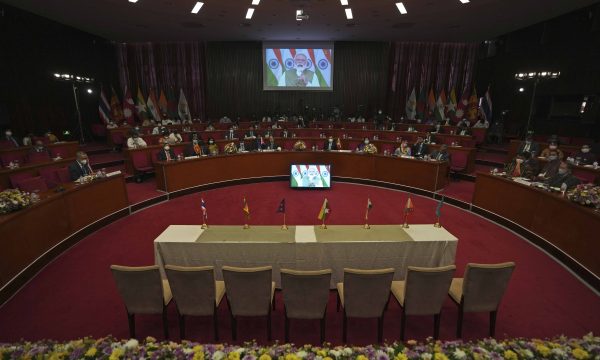The past few months have seen a focus on relatively newer minilateral mechanisms, including the U.S.-Japan-Philippines trilateral and the Australia-U.
K.-U.S.

(AUKUS) security pact. Yet this narrower focus belies the broader trend of minilateral networking across countries and sectors, which transcends both the recent efforts by Washington and the emphasis on the security sphere. It also skirts the question of the range of opportunities and challenges these minilaterals present as well as how they may play out in the future.
Asia is no stranger to minilateralism. Definitional parsing aside, in practice minilateral-type institutions grouping a few key states have been part of the region’s evolving institutional architecture for decades , be it the Malacca Straits Patrols agreement between Indonesia, Malaysia, Singapore, and Thailand or the Bay of Bengal Initiative for Multi-Sectoral Technical and Economic Cooperation (BIMSTEC), comprising Bangladesh, Bhutan, India, Myanmar, Nepal, Sri Lanka, and Thailand, which was set up in 1997 amid the post-Cold War focus on regional integration. They have also coexisted amid other parts of the regional architecture amid broader shifts , including multilateral institutions like the Association of Southeast Asian Nations (ASEAN) and the network of five U.
S. bilateral alliances with Australia, Japan, the Philippines, South Korea, and Thailand. This latest phase of minilateral proliferation is striking in terms of its multi-actor and multifac.
















